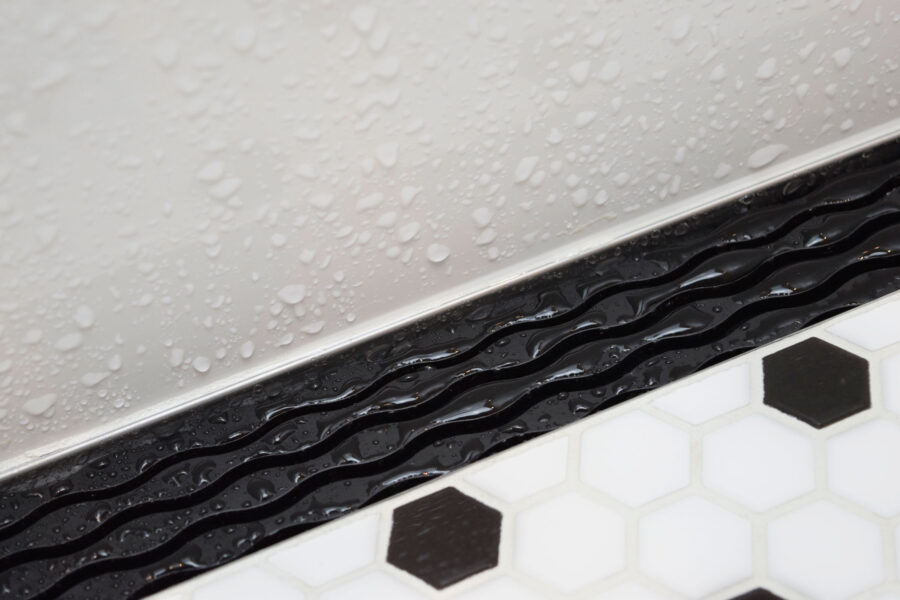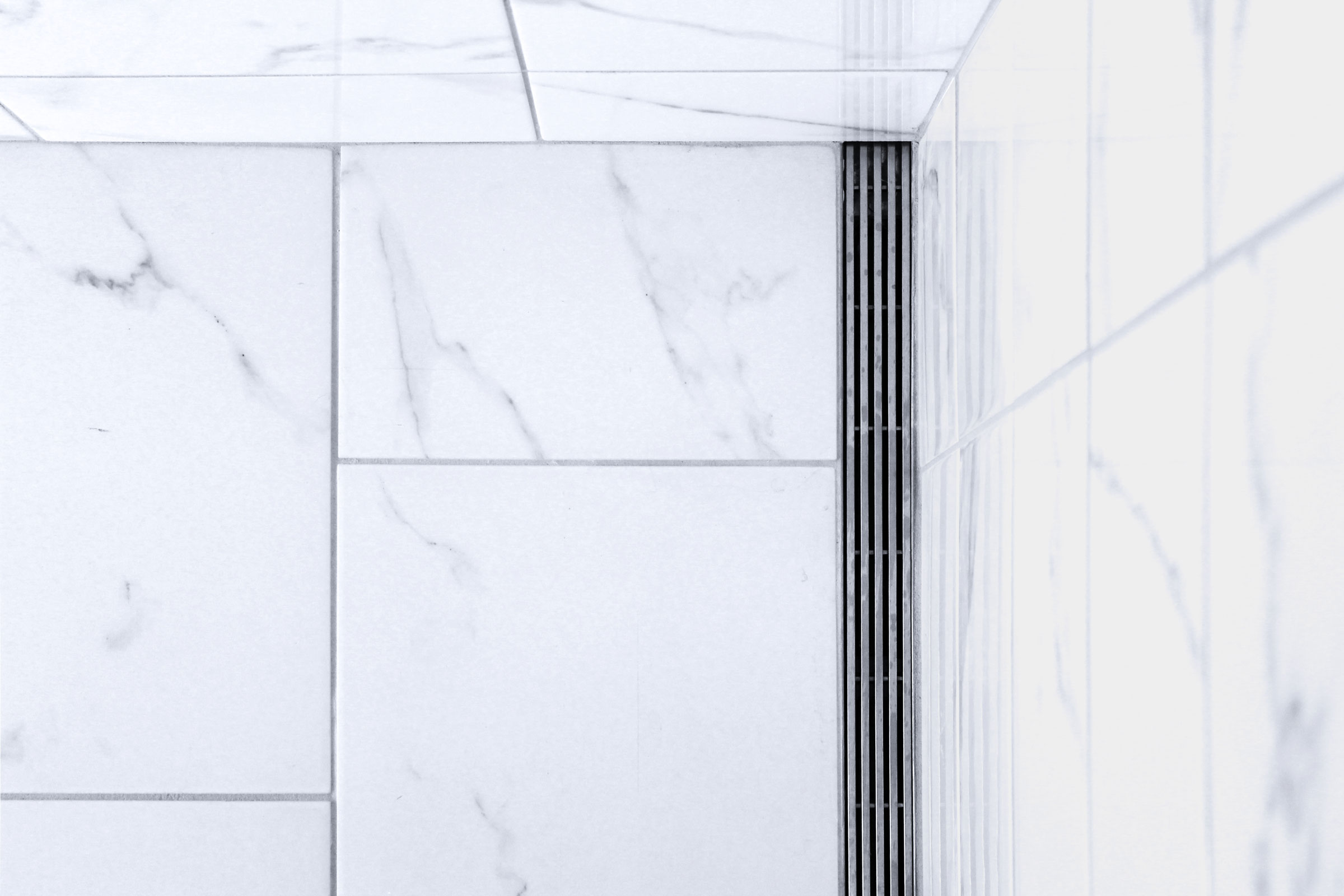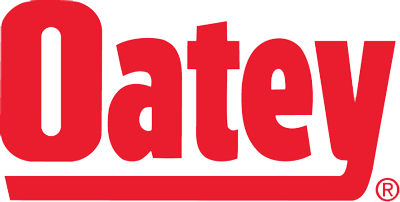Story at a glance:
- Comfortable, inviting environments are more important than ever in health care.
- Some hospitals are enhancing patient well-being with thoughtfully designed bathrooms.
When you think of health care facilities, particularly hospitals, you may assume they offer only a cold and clinical environment. However, that common perception is changing as health care facilities have recognized the importance of creating a comforting and welcoming atmosphere for their patients.
This notion also extends to hospital bathrooms, where design plays a vital role in improving the overall experience for patients and visitors.
Enhancing Patient Well-Being
Hospitals are not just places for medical treatments; they also serve as temporary homes for patients who require extended stays. Maintaining a sense of comfort and normalcy can greatly impact these individuals’ well-being and recovery. Hospital bathrooms, one of the patients’ most frequently used spaces, should be designed with their needs and preferences in mind.
While functionality and safety should remain the primary concerns when designing hospital bathrooms, it is often the case that these priorities result in a utilitarian and institutional appearance. Fortunately health care design has come a long way, and it is now possible to create bathrooms that are both practical and aesthetically pleasing.
With inspiration drawn from residential spaces, hospitals can now strike a balance between functionality and beauty, creating hospitable and welcoming environments that are also user-friendly.
Design Considerations
There are many solutions available to transform health care restrooms into spaces that are both aesthetically pleasing and functional. Here are a few key considerations:
Curbless Shower or Wet Room Model for Enhanced Accessibility
The recent trend of combining two rooms into one larger room allows for a larger bathroom footprint. This not only accommodates the wheelchair accessibility requirements but also provides a more spacious area for installing QuickDrain linear drains.
Designing a curbless shower in hospital bathrooms can be challenging, especially when dealing with old standards or retrofit situations. QuickDrain’s product line offers solutions for both retrofits and new builds, accommodating these construction challenges.
QuickDrain linear drains are easy to construct, offering flexibility in floor recessing and drain placement. If the drain is at the back wall, recessing the floor for proper water drainage is necessary. On the other hand, if the drain is at the front threshold of the shower, there is no need to recess the floor.
This concept aligns with the wet room model, where the entire bathroom is one wet room. While a single linear drain can handle all the water drainage, wet room design often incorporates a secondary drain if needed. The broader dimensions of these wet rooms, typically up to 60 inches, make it easier for the nurse or aide to assist the patient during showering.
Cleanliness and Hygiene
Cleanliness and hygiene are essential for ensuring the well-being of patients in hospital bathrooms. Use materials that are easy to clean and resistant to bacterial growth.
Health care facilities often rely on stainless steel fixtures because of their durability and cleanliness. The QuickDrain ProLine linear drain system is the only drain constructed from 316 L marine-grade stainless steel, which resists corrosion, self-cleans, and is easy to clean, minimizing the risk of bacterial growth. Linear drain covers can be easily removed by hand and wiped down to eliminate soap scum, hair, and other obstructions that can hinder smooth and consistent drainage.
To further enhance cleanliness and safety, incorporating Dearborn Safety Series ADA-Compliant Lavatory Tubular Covers can provide a professional finished appearance to exposed under-the-sink pipes. These same covers also deliver much-needed safety and peace of mind for individuals in wheelchairs.
Made from an antimicrobial material that is highly durable yet lightweight and soft to the touch, these covers protect occupants against sharp corners, abrasive surfaces, and elevated temperatures, while softening accidental impacts to prevent injury.
Incorporating Wellness-Oriented Elements
Wellness-oriented design in health care bathrooms improves comfort and enhances safety, especially for patients recovering from major surgery. Dearborn grab bars, for example, can be installed to provide added support and stability, ensuring patients can navigate the bathroom safely.
Gone are the days of sterile and impersonal patient rooms. They are now designed to be warm, welcoming, and calming, with soft color palettes and the use of natural materials. The inclusion of natural lighting and comfortable furniture helps create spaces that reduce stress and anxiety, ultimately promoting faster healing and supporting the patient’s recovery journey. Taking cues from the overall design of the room, bathrooms can also be transformed by incorporating features like tile showers and linear drains, further enhancing their hospitable appearance.
Linear Drain Body for Efficient Water Drainage

Photo courtesy of Oatey
Linear drains are versatile and suitable for any situation, making them the go-to solution for health care applications. They allow for a seamless and efficient water flow, improving safety by reducing the risk of water pooling.
Selecting a linear drain that can be customized to provide wall-to-wall coverage and has integrated slopes to evacuate water from the drain body efficiently is crucial.
The QuickDrain linear drain’s wall-to-wall coverage and fully sloped troughs promote efficient water drainage, minimizing slip hazards and reducing mold, mildew, and bacteria growth. Its sleek design seamlessly integrates into the bathroom floor, creating a clean and modern look. These linear drains are perfect for curbless showers or universally accessible wet spaces, easily accommodating universal designs under ADA guidelines.
Using linear drains also offers cost and labor savings since installers need to create only a single slope, instead of the conventional four-direction slope required for center point drains. Eliminating the compound slope in the shower pan unlocks new design possibilities and enables a seamless flow from the bathroom to the shower and makes it easier to navigate for people with mobility issues.
Large Format Tiles for ADA Compliance and Comfort
Large format tiles offer the flexibility to meet ADA accessibility requirements while creating a more inviting atmosphere reminiscent of a home. These tiles enable the creation of full tile showers with 100% barrier-free entrances, eliminating the institutional look of traditional ADA showers and providing a sense of openness.
By utilizing large format tiles architects and designers can design accessible bathrooms for individuals with mobility challenges while maintaining a comfortable and nonclinical aesthetic. Integrating a linear drain with larger-format tiles also reduces the number of grout joints and seams where mold, mildew, and grime can accumulate. Finally, using large tiles throughout the room, from the floor into the shower, can make a small bath appear larger.
Welcoming Aesthetics
Creating a visually appealing environment can significantly enhance the overall atmosphere of a hospital bathroom. Beautiful drain covers in various colors and finishes can be incorporated, seamlessly integrating with other bathroom fixtures and shower systems. Tile and back wall installations can be designed to hide drains, further enhancing the overall aesthetics.
QuickDrain partnered with Michael Graves Studio to design decorative drain covers, and offer eight finishes: brushed or polished stainless steel, brushed or polished gold, matte or polished black, oil-rubbed bronze, and polished rose gold. Grave’s Cosmo and Stream cover designs are crafted from durable 18 gauge 304 stainless steel.


